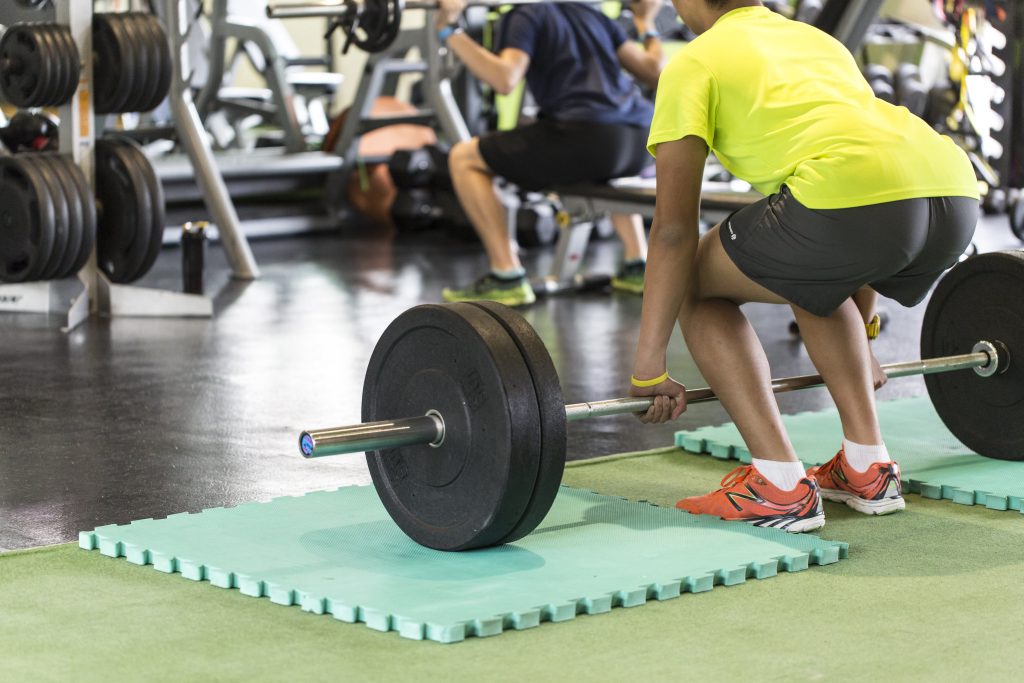
As a parent, watching your teenager participate in sports can be both exhilarating and nerve-wracking. While sports provide invaluable benefits like improved fitness, teamwork skills, and confidence, they also come with the risk of injuries. Knee injuries, in particular, are common among teenagers, especially those participating in sports or physical activities. In this post, we’ll explore why teens get hurt in sports and provide actionable strategies for preventing knee injuries and other common issues.
Why Teens Get Hurt in Sports
Teenagers are naturally more prone to injuries due to several factors:
- Lack of Conditioning: If your teen isn’t exercising daily or spends most of their time sitting, they won’t build the endurance needed to handle a full game of sport. This lack of conditioning increases the risk of injury as they lose proper form, which is crucial for protecting their body from the impact of intense movements. Contact sports like rugby, football, netball, and basketball are particularly demanding, with collisions adding to the physical stress.
- Poor Coordination: All physical sports require specific movements to be performed correctly—not only to succeed but also to prevent chronic issues and reduce the chance of injury. For example, learning how to avoid slide tackles or fall safely in rugby is essential for both performance and injury prevention.
- Insufficient Strength: Building stronger muscles, bones, and joints reduces the risk of injury and improves movement specific to the demands of the sport. Muscle activation varies across different sports, but overall strength is crucial for absorbing impact and maintaining proper form.
- Imbalance: Many sports involve repetitive movements, like golf, which strengthen only one side of the body. Training the opposite side is crucial to prevent overcompensation from years—or even decades—of one-sided motion.
- Sleep: Sleep is the body’s best healer. Teens need 9–12 hours of sleep per night, especially after hard workouts. If your child gets less than 8 hours or goes to bed after 10:30 PM, it could explain frequent injuries and be a game changer for their recovery.
| Our Youth FIRE Semester Program is designed to enhance their physical abilities while minimizing injury risks. With expert training, your child will develop better balance, coordination, and strength. Learn More. |
Preventing Knee Injuries
- Proprioception: Improving proprioception, or the body’s sense of position and movement, helps teenagers develop better balance, coordination, and stability. Exercises like balance drills or single-leg movements can reduce the risk of knee injuries by enhancing overall body awareness.
- Mobility of the Hips, Torso & Ankles: Good mobility in these areas ensures proper alignment and movement patterns. When these areas are restricted, the knees often compensate, increasing injury risk. Regular stretching and mobility exercises can help maintain flexibility.
- Gradual Warm-Up: A proper warm-up prepares the body for physical activity. Gradual increases in heart rate and dynamic movements (like lunges or high knees) help prevent sudden stress on the knees and surrounding muscles. This is crucial for reducing the risk of strains and pulls.
- Strength: Building strength in the muscles supporting the knees is crucial—such as the quads, hamstrings, and glutes. Stronger muscles absorb impact better, reducing stress on the joints leading to fewer injuries.
- Stretching: Incorporate dynamic stretches before training to improve range of motion and static stretches at night to stretch out tight muscles and enhance recovery. This helps maintain flexibility and reduces muscle soreness.
- Adequate Sleep: Sleep is essential for recovery and injury prevention. Teenagers should aim for 8-10 hours of sleep to allow their bodies to repair and strengthen. This is critical for a tired body to repair and adapt to physical demands.
- Proper Hydration: Staying hydrated with water and electrolytes helps maintain joint lubrication and muscle function, reducing the risk of cramps and injuries. High-quality electrolyte supplements can be beneficial for maintaining optimal hydration levels.
- High Quality, Real, Organic Food: Proper nutrition fuels teenagers’ growth, aids muscle repair, strengthens bones, boosts recovery, and improves performance. A balanced and organic diet where possible is essential for long-term health and resilience.

Additional Tips for Injury Prevention
- Cross-Training: Encourage teens to diversify their training routines by incorporating activities like swimming, cycling, or strength training. This helps prevent overuse injuries by distributing stress across different muscle groups.
- Rest and Recovery: Prioritize rest days to allow the body to repair and adapt. Overtraining can lead to fatigue, which increases the risk of injury.
- Gradual Progression: Increase the intensity, duration, and frequency of workouts gradually to avoid overuse injuries. Sudden spikes in training can put excessive stress on joints and muscles.
- Listen to the Body: Encourage teens to report any early signs of pain or discomfort. Ignoring these signals can lead to more serious injuries.
By focusing on these strategies, you can help your teenager stay safe and healthy while enjoying the benefits of sports participation. Whether it’s improving coordination, building strength, or ensuring proper rest, every effort counts in preventing injuries and fostering a lifelong love of physical activity.
Further Reading
- UC Davis Health: Overuse Injury Prevention in Youth Sports
- Johns Hopkins Medicine: Preventing Sports Injuries
- Connecticut Children’s: 6 Rules of Sports Injury Prevention
- OrthoInfo – AAOS: A Guide to Safety for Young Athletes